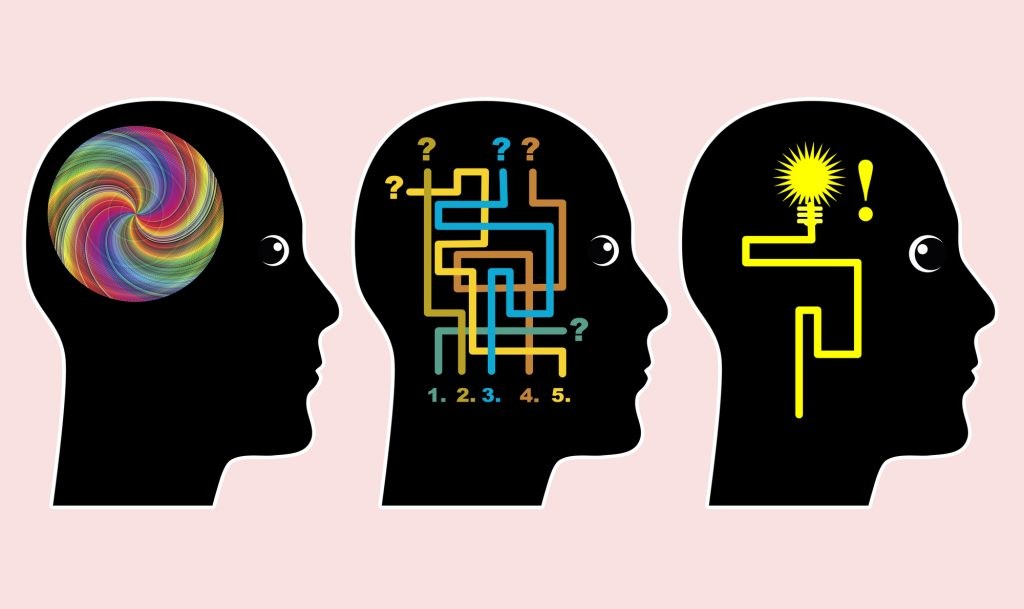Understanding how you learn best is crucial for academic and personal success. Identifying your learning style can significantly impact your ability to absorb information, retain knowledge, and ultimately, achieve your goals. This article will guide you through the process of determining your learning style and provide actionable strategies to optimize your learning experience.
What are the Different Learning Styles?
One widely recognized model for categorizing learning styles is the VARK model. VARK stands for:
- Visual
- Auditory
- Reading & Writing
- Kinesthetic
Each learning style represents a preference for how individuals process and retain information. Let’s delve into each one.
Identifying Your Learning Style: The VARK Questionnaire
Reflecting on your personal learning preferences is key to identifying your dominant learning style. Consider the following questions:
- Do you prefer visual aids like diagrams and charts, or do you find it easier to understand information through lectures and discussions?
- Do you learn best by reading and writing, or do you thrive in hands-on, experiential learning environments?
By analyzing your responses to these questions, you can begin to recognize patterns in your learning behavior. A more structured approach is to take the VARK Questionnaire, a self-assessment tool designed to help you pinpoint your preferred learning style: Take the VARK Questionnaire.
Visual Learners
Visual learners excel when information is presented in a visual format. They benefit from:
- Diagrams
- Charts
- Graphs
- Videos
- Images
Strengths: Easily process visual information, grasp complex concepts through visual representation, strong visual memory.
Challenges: Difficulty with purely auditory information, may struggle with lengthy text without visual aids, susceptibility to visual distractions.
Auditory Learners
Auditory learners thrive in environments where information is presented through sound. They prefer:
- Lectures
- Discussions
- Podcasts
- Audiobooks
Strengths: Excellent listening skills, strong memory for spoken information, benefit from group discussions and verbal explanations.
Challenges: Difficulty processing written information without auditory reinforcement, easily distracted by noise, may struggle with visual-only materials.
Reading & Writing Learners
Reading and writing learners, often referred to as verbal-linguistic learners, prefer to learn through written text. They benefit from:
- Reading books and articles
- Taking notes
- Writing summaries
- Engaging in written exercises
Strengths: Excellent reading comprehension, strong writing skills, ability to organize thoughts through writing, effective note-taking.
Challenges: Difficulty processing information presented solely through visual or auditory means, may struggle with oral presentations without written materials, potential for fatigue from extended reading and writing.
Kinesthetic Learners
Kinesthetic learners, also known as tactile learners, learn best through hands-on experiences and physical activity. They prefer:
- Experiments
- Simulations
- Role-playing
- Hands-on projects
Strengths: Learn by doing, strong problem-solving skills through physical manipulation, excellent motor skills and hand-eye coordination.
Challenges: Difficulty in traditional lecture-based settings, may struggle with abstract concepts, require resources and materials for hands-on learning.

Combining Learning Styles: A Multimodal Approach
While individuals may have a dominant learning style, most people learn best through a combination of styles. Understanding your unique blend of preferences allows for a more customized and effective learning approach.
Creating an Effective Learning Environment
Once you’ve identified your learning style, tailor your study environment and techniques accordingly:
- Visual Learners: Utilize visual aids, color-coding, mind maps, and organized study spaces.
- Auditory Learners: Record lectures, participate in discussions, use audiobooks, and find quiet study environments.
- Reading & Writing Learners: Take detailed notes, write summaries, create outlines, and engage in written exercises.
- Kinesthetic Learners: Use hands-on activities, incorporate movement breaks, utilize real-world examples, and experiment with different learning materials.
Maximizing Your Learning Potential
Understanding your learning style empowers you to take control of your learning process. By implementing strategies that align with your preferences, you can enhance information retention, improve academic performance, and achieve your learning goals more effectively. Remember, identifying your learning style is a journey of self-discovery that can lead to a more enriching and successful learning experience.